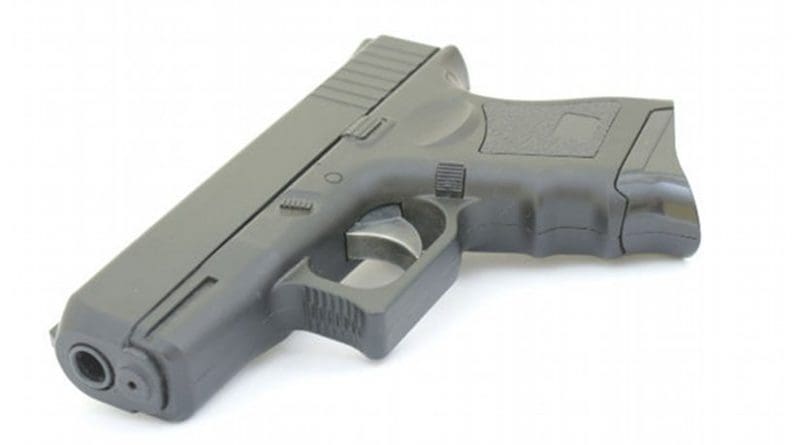Tough Laws Prevent Gun Deaths
A major global report confirms gun-related homicides, suicides and accidents are falling in Australia after the introduction of anti-gun laws, and that the effect of such tough laws is similar elsewhere.
Associate Professor Richard Franklin from James Cook University in Australia joined hundreds of academics and organisations around the world to produce the report, that looked at firearm deaths outside of war zones between 1990 and 2016.
“In Australia we went from 614 firearm deaths in 1990 to 274 in 2016. That’s a fall from 3.4 deaths per 100,000 people to 1 per 100,000 in 2016,” he said.
Dr Franklin said the Australian National Firearms Agreement, enacted following the murder of 35 people in Tasmania in 1996 by a lone gunman armed with high-powered weapons, has been closely linked with declines in firearm deaths in Australia.
“We’ve seen a decline particularly in firearm suicides and an absence of mass shootings. It’s a pattern we see in South Africa and Brazil, with tougher gun laws leading to a fall in firearm deaths in those places too,” he said.
The researchers estimate that in 2016, over a quarter of a million-people died from firearm injuries. With six countries – Brazil, the United States, Mexico, Colombia, Venezuela and Guatemala – accounting for just over half of those deaths.
El Salvador recorded the worst results – its national age-standardised rate of gun deaths was 38.9 per 100,000 persons in 2016. By contrast, Singapore reported no firearms deaths that year.
Dr Franklin said that in all but one year between 1990 and 2016, the death toll from firearms used outside of war zones was higher than that within, with the majority being homicides.
“The numbers vary greatly from country to country, but globally we have seen no significant change in firearm homicide rates over this time period, though there has been a decrease in suicides, leading to a small fall in the number of firearm deaths overall.”
Dr Franklin said men are at an overwhelmingly higher risk of dying from intentional or unintentional use of firearms than women.
“Men are the most likely victims of firearms and also the most likely perpetrators of firearm violence. This opens up the possibility of specific, targeted forms of intervention that address firearm use both by and against men,” he said.
Dr Franklin said there were different patterns of firearm deaths, with homicide predominant in some countries and suicide in others, and both would require different strategies to combat them.
Background:
Globally, 64% of firearm injury deaths in 2016 were homicides and 27% were suicides. Around nine percent were accidents.
There was an annualised decrease of 0.9% in the global rate of age-standardised firearm deaths from 1990 to 2016.
Aggregate firearm injury deaths in 2016 were highest among persons aged 20 -24 years. There were an estimated 34,700 firearm-related deaths for men and 3580 for women in that age group.
Among children aged up to 14 years, there were an estimated 7220 deaths globally from firearm-related injuries in 2016.
Unintentional firearm injuries were 9.1% of the total, causing an estimated 22,900 deaths in 2016.
Globally, rates of firearm suicide decreased between 1990 and 2016 at an annualised rate of 1.6%, the fastest decreases were in the Philippines and Australia.
The researchers say that efforts to reduce the number of firearms in homes and supporting secure storage of existing firearms can reduce unintentional death, particularly for children, while also limiting immediate access to a means of harm that generally does not allow an opportunity for second thoughts.

